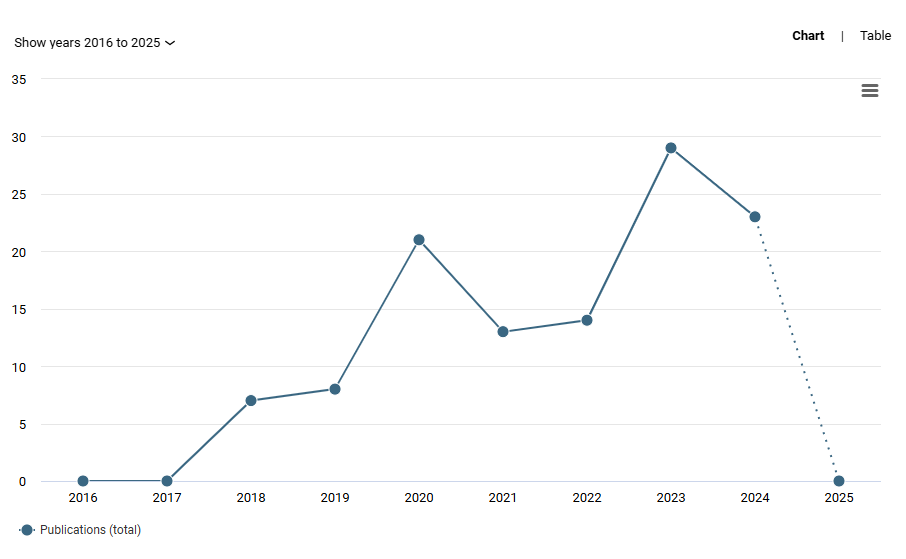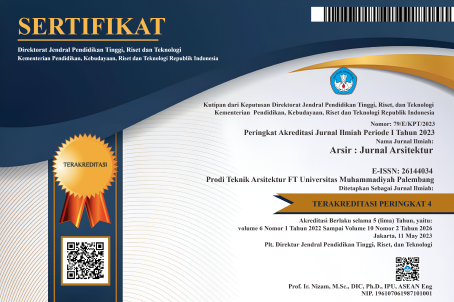Impact of Balcony Configuration on Natural Ventilation Performance in Indoor Spaces of Social Buildings (Rusunawa) in Indonesia
DOI:
https://doi.org/10.32502/arsir.v8i1.128Keywords:
ACH, Balconies, CFD, Rusunawa, Natural VentilationAbstract
The increase in urbanization has an impact on indoor environmental quality and energy consumption in urban buildings in Indonesia, particularly in low-cost apartment buildings (Rusunawa). Despite providing affordable housing, Rusunawa faces challenges related to electricity consumption in achieving indoor comfort. The implementation of passive design elements such as balconies is expected to maximize natural ventilation indoors. This research aims to identify the influence of balcony configurations on the performance of natural ventilation in Rusunawa buildings in Indonesia, aiming to provide guidance in optimizing indoor comfort through natural ventilation. The method employed in this research is Computational Fluid Dynamics (CFD) simulation using Rhinoceros & Butterfly. The results of the study indicate that the width and depth configurations of balconies significantly enhance the Air Changes per Hour (ACH) and wind speed. A balcony width configuration of 40% yields an indoor air quality improvement of 18-26%, while a depth configuration of 20% results in a 9-10% enhancement
Downloads
Published
How to Cite
Issue
Section
License
Copyright (c) 2024 bagus surya ananta, Jatmika Adi Suryabrata

This work is licensed under a Creative Commons Attribution-ShareAlike 4.0 International License.
Arsir: Jurnal Arsitektur (AJA) have CC-BY-SA or an equivalent license as the optimal license for the publication, distribution, use, and reuse of scholarly work.
Authors who publish Arsir: Jurnal Arsitektur (AJA) agree to the following terms: Authors retain copyright and grant the Arsir: Jurnal Arsitektur (AJA) right of first publication with the work simultaneously licensed under a Creative Commons Attribution License (CC BY-SA 4.0) that allows others to share (copy and redistribute the material in any medium or format) and adapt (remix, transform, and build upon the material) the work for any purpose, even commercially, with an acknowledgement of the work's authorship and initial publication in Arsir: Jurnal Arsitektur (AJA). Authors are able to enter into separate, additional contractual arrangements for the non-exclusive distribution of the journal's published version of the work (e.g., post it to an institutional repository or publish it in a book), with an acknowledgement of its initial publication in Arsir: Jurnal Arsitektur (AJA). Authors are permitted and encouraged to post their work online (e.g., in institutional repositories or on their website) prior to and during the submission process, as it can lead to productive exchanges as well as earlier and greater citation of published work (see The Effect of Open Access).
![]()
Work is distributed below This work is licensed under a Creative Commons Attribution-ShareAlike 4.0 International License.










